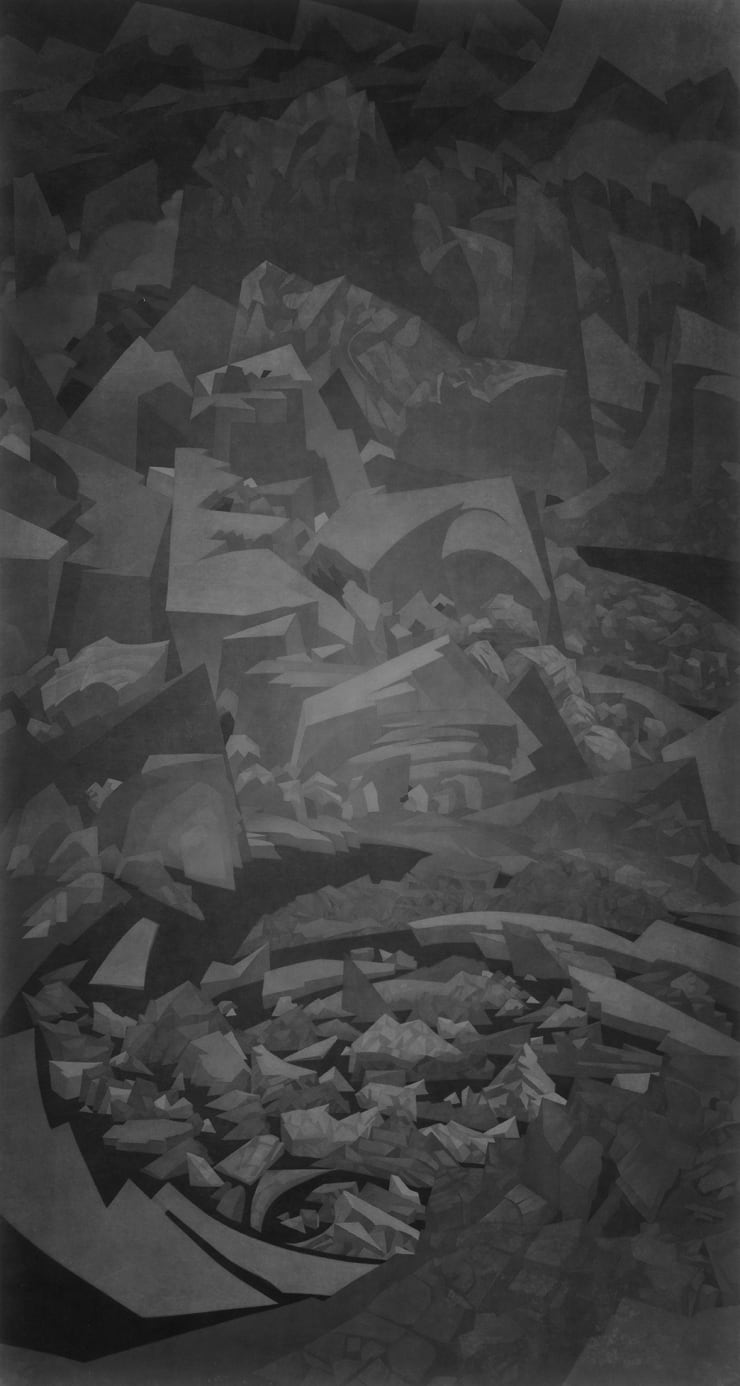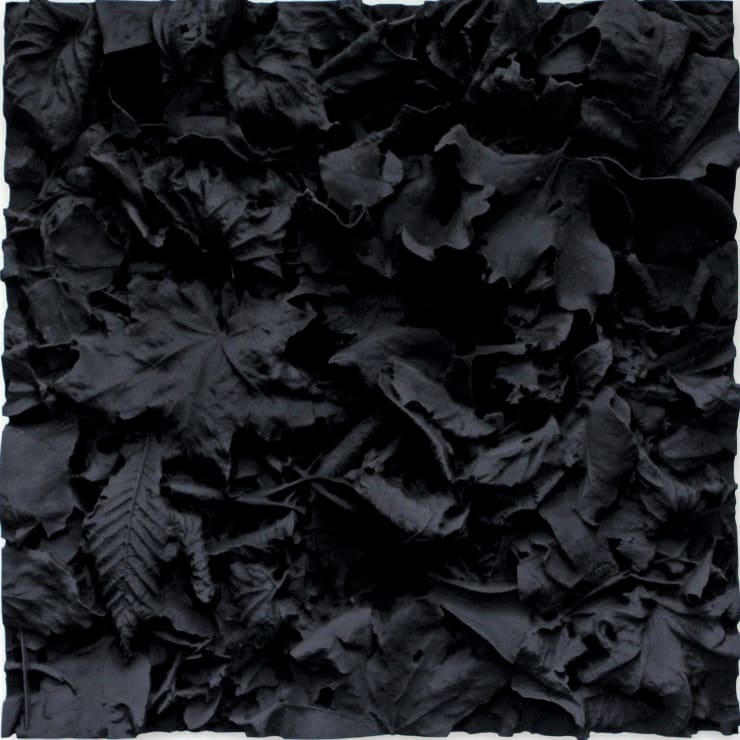Taipei Dangdai: Black: Recategorize
We are delighted to participate in the inaugural edition of Taipei Dangdai with the curated show Black: Recategorize, where we will present the works of Juri Markkula, Huang Dan, Xiao Xu, Zhang Yanzi, Carla Chan and Nina Pryde.
What is black, and into what category does it fall? For much of the history of art in China, believing in the power of art was, to a large extent, to believe in the power of black (and by extension, its corollary, white). Black could be appreciated partly as a means of expression, partly by virtue of its strength in unleashing the power of emptiness.
This power of painted black to recede, to offset, and to frame light is a core component of the western art canon too. In "Black: The History of a Color," published by Princeton University Press, historian Michel Pastoureau observes that Rembrandt "often practices a kind of color asceticism, relying on dark tones, restrained and limited in number . . . to give precedence to the powerful effects of light."
Black, colour of darkness, of secrets, of mystery, would not remain in the shadows for long. As new dyeing techniques emerged, black soon became a means of marking an individual out as different, apart, an agent of change. From Martin Luther to the Romantic Poets, to wear black became a means of rejection of contemporary values and a harbinger and precursor to change.
From here, it was only one small step for black to be a visual shorthand for forceful rearranging of all preconceived notions and for seismic upheaval. When Kazimir Malevich announced the arrival of modern art in 1915, the tearing down of religious and political orthodoxy, a black square was his spokesman and talisman. The black square became the emblem of a revolutionary change which was to dominate global conversation, in one form or another, for the rest of the century. And yet, black, for Malevich, and for many, prompts words such as nihilism, nothingness, emptiness.
The ignominy of black in the 20th and dawn of the 21st century has been its familiarity and ubiquity, its harnessing as a uniform by every protest group from the Hells' Angels to disgruntled teenagers, or a shorthand expression of somber business-readiness, a channelling of the fashions of Coco Chanel or the solemnity of Queen Victoria in mourning. Has black as a go-to cliché meant the end of the other black? The powerful, elemental force black, a bourne of shocking contrasts and uncompromising social tremors and turmoil?
Ora-Ora does not believe so. For us, the colour black in art resists narrow categorization into any of its time- honoured tropes. We recategorize black.














